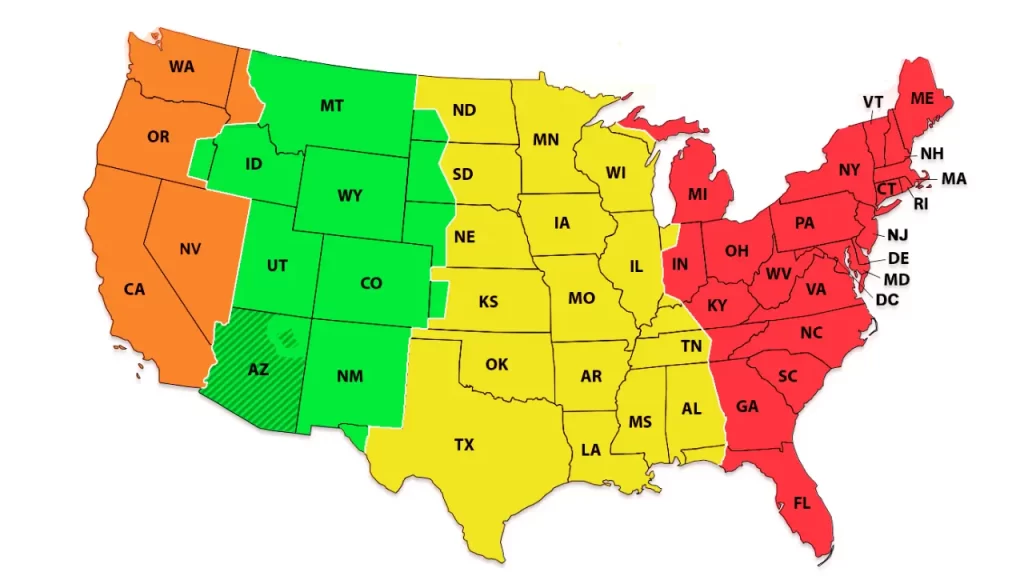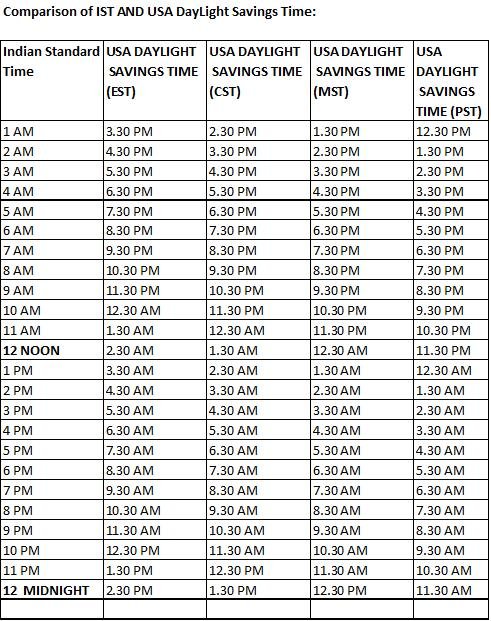Time Difference Between India and Texas (Dallas)
Understanding the time difference between India and Dallas, Texas, is crucial for anyone involved in businesses, travels, or communications that span these two locations. While both places are vibrant in their own right, they operate on distinctly different time zones, which can complicate scheduling if not carefully managed.

India follows Indian Standard Time (IST), which is UTC +5:30. In contrast, Dallas is located in the Central Time Zone, which operates on Central Standard Time (CST, UTC -6:00) during standard time and shifts to Central Daylight Time (CDT, UTC -5:00) during daylight saving time, typically observed from the second Sunday in March to the first Sunday in November.
This creates a time difference that can fluctuate throughout the year due to the implementation of daylight saving time in Texas. When Dallas is operating on CST, the time difference between India and Dallas is 11 hours and 30 minutes. For instance, when it is 12:00 noon in India, it’s 12:30 AM in Dallas. However, during CDT, the difference reduces to 10 hours and 30 minutes, meaning when it is 12:00 noon in India, it’s 1:30 AM in Dallas.
Such significant time discrepancies can pose challenges, particularly for those who wish to coordinate meetings or events. For example, if a business team in India wants to schedule a video conference with colleagues in Dallas, they need to find mutually agreeable hours that respect this time difference. Strategically planning meetings either in the morning or late evening for those in Dallas may help reduce inconvenience, especially in international business settings.
Cultural aspects also come into play. India is rich in festivals and cultural practices that draw attention to specific timeframes for celebration, work, and holidays. Understanding the cultural calendar in India is essential for any entity attempting to engage with partners or clients there, especially considering that public holidays often differ from those observed in Texas.
Furthermore, it’s essential to leverage technology to manage time effectively. Many modern tools and applications provide automatic time zone adjustments, which can aid in minimizing miscommunication. Calendar applications, for example, often allow users to view multiple time zones and set reminders accordingly, ensuring that important meetings are scheduled accurately.
It is worth mentioning that while the time difference presents challenges, it can also create opportunities for global collaboration. With one region working while the other is resting, companies can have round-the-clock productivity if managed well. This global approach is increasingly vital in today’s fast-paced business environment.
Individuals traveling from Texas to India or vice versa should prepare for jet lag and readjustment to local time upon arrival. Planning travel itineraries that allow for acclimatization can ease the transition, making the trip more enjoyable and productive.
For those who frequently shift between these two time zones, developing a comprehensive understanding of the differences and adjusting daily schedules accordingly can significantly smoothen both business and personal interactions. Whether it involves scheduling client meetings, catching up with friends, or simply enjoying entertainment, recognizing when each area operates can bridge both time zones effectively.

Ultimately, navigating the time difference between India and Dallas is imperative for effective communication and operations. Embracing technology, understanding cultural nuances, and employing strategic planning can help mitigate the challenges posed by these time differences. The effort put into synchronizing schedules can yield substantial dividends, enhancing productivity and fostering stronger international relationships.



